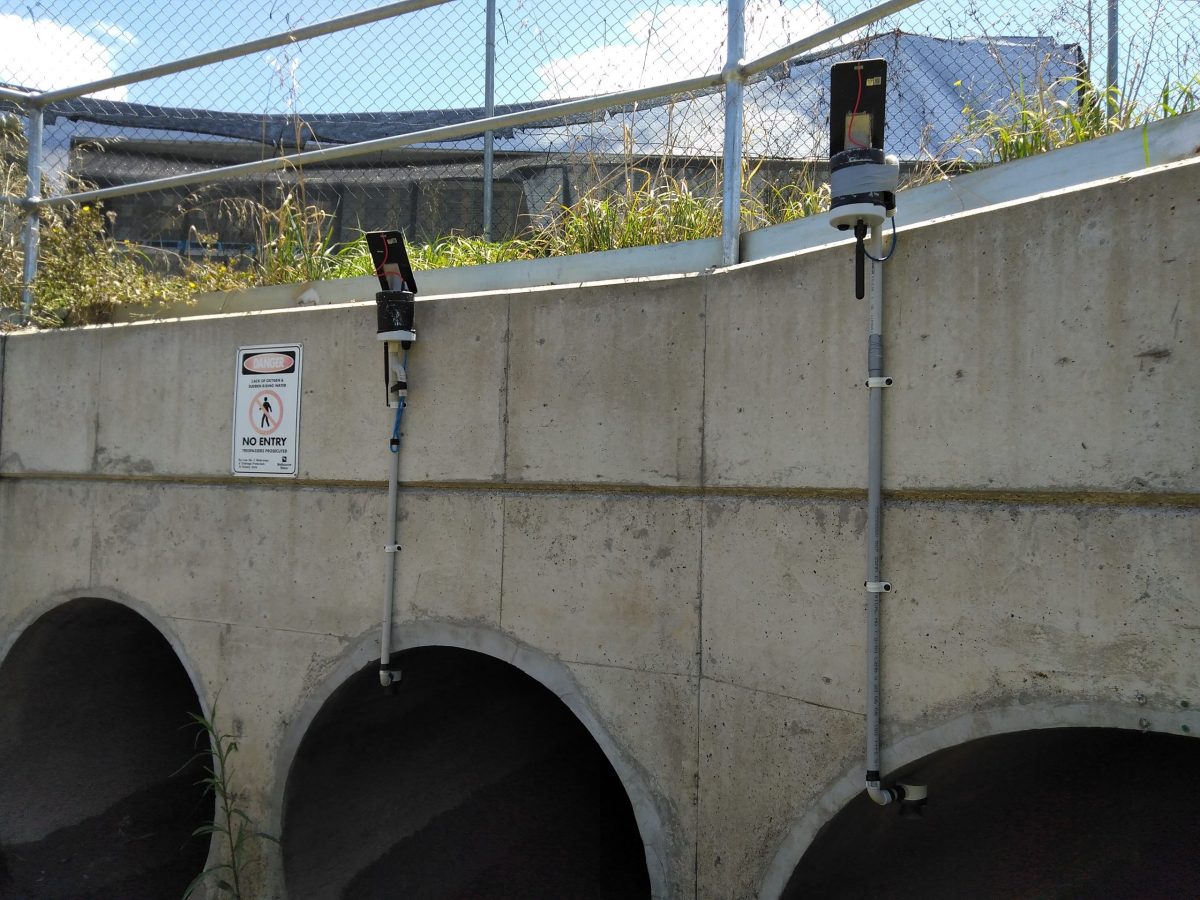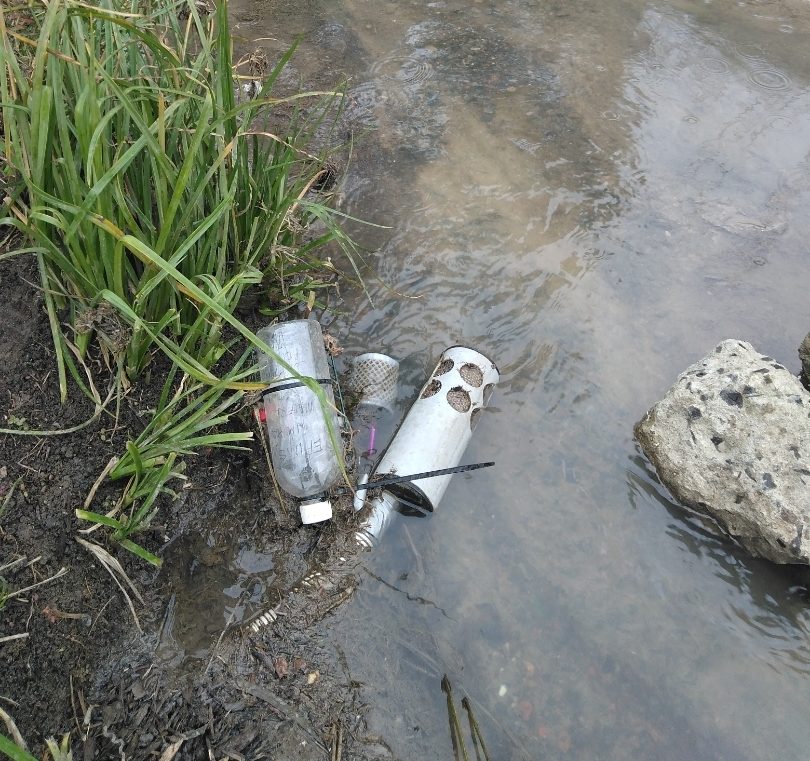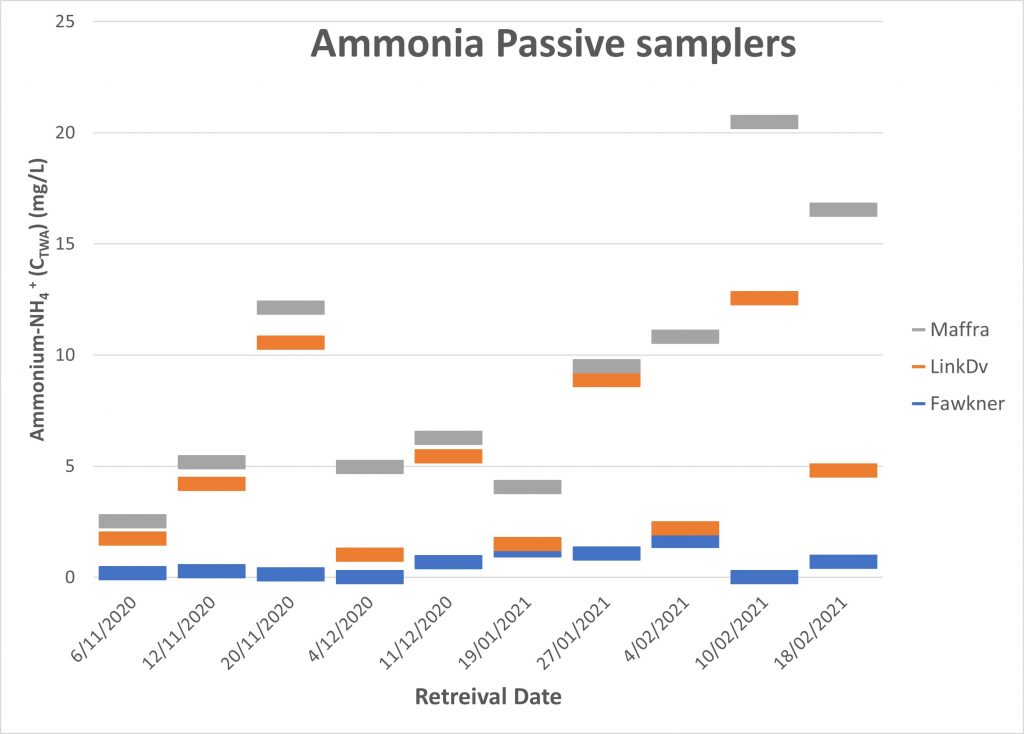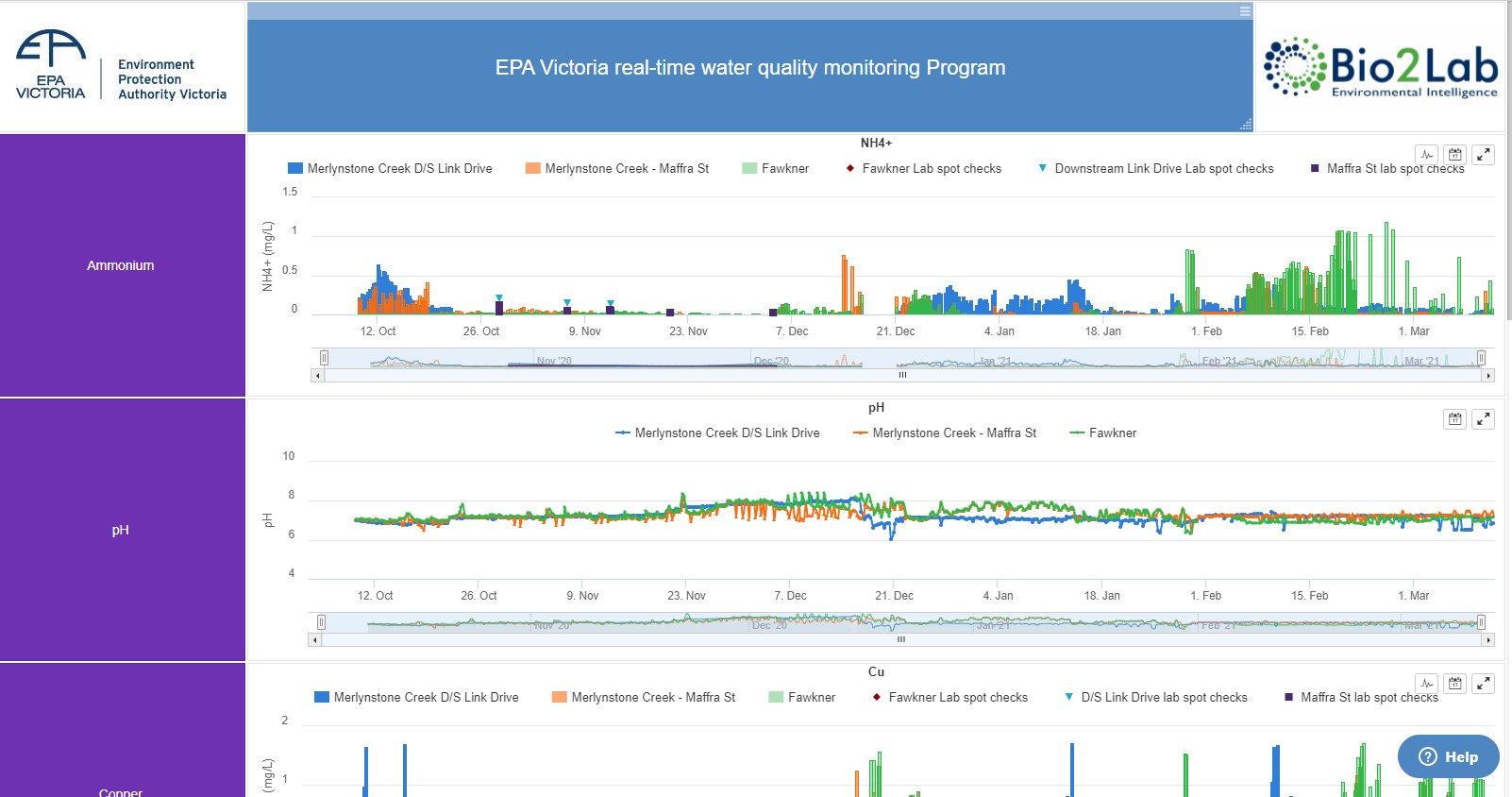
EPA Victoria
Passive samplers and networked sensors in urban stormwater
Industrial pollution is a major problem across Australia. The nature of the business activity increases the risk of toxicants making their way down to local rivers and creeks. By identifying areas that are most at risk of generating stormwater pollution, more targeted education and enforcement programs can be implemented.



Introduction
Point source pollution continues to be one of the main drivers of ecological stress on urban waterways. Heavy metals, hydrocarbons and pesticides from urban catchments make their way through stormwater networks into waterways. These pollutants can flush into receiving waterways and can accumulate in sediments where they can persist and cause toxicity to benthic fauna. Stress and toxicity from pollutants can have major consequences for the long-term health of aquatic ecosystems.
As part of EPA Victoria's (EPA) Research and Development Program in 2020-2021, new real-time wireless water quality sensors and stormwater passive samplers were trialled to detect pollutants flowing from the catchment into Merlynston Creek. This catchment was chosen because of its history of poor water quality associated with several industrial fires, including SKM in 2017 and Campbellfield Industrial Services in 2019.
Currently, most water quality monitoring programs involves the collection of discrete grab samples, which are reflective of pollution concentrations at that point of time. Further sampling based on laboratory analysis requires field staff to collect water from a single point in time. While EPA also receives pollution reports from the community, these pollution events have often already passed before EPA can respond and attend a site.
Passive sampling and in-situ monitoring allows for sampling to occur over a longer time-scale providing more data points over time across the catchment. These new technologies use real-time sensors to track concentrations of pollutants (including ammonia, copper and hydrocarbons) to identify pulse pollution events, trends and potential sources. Automatic alarms triggered via the visualisation dashboard will enable responsive actions based on 24/7 real-time pollution data.
Isolating high risk areas within a catchment using StormscoutTM technology will allow EPA to develop targeted programs focusing on high-risk sub-catchments and allow local management authorities to deliver programs more efficiently or to initiate more intensive monitoring. This type of surveillance may be critical to EPA's regulatory response, allowing for problem sites to be identified and for pollution to be tracked to the source.







